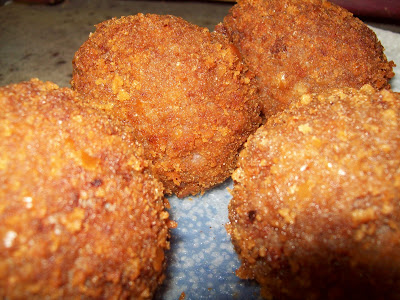
PERMACULTURE
What's in a name? Honoring the natural, respecting the traditional and developing new ways to think about designing earth-saving systems where you live.
Permaculture. When I first heard the word, for some reason, it didn't really communicate to me what the movement was about. Or at least I wondered if I had understood it fully. (That could just be me. I've been known to have a funny relationship with words!) Even now, I guess it does still seem (to me) a kind of unfortunate name that lacks immediate clarity. Permaculture...hmmm...is it a thing like permafrost? Or a service like PermaSeal? Hmmm...something about permanence? Clearly, something about culture. Well, whatever. Maybe just my problem.
What I do know is this: the practices at the heart of this modern movement are truths long-known by the people of the earth who live closely with it. Principles of harmony and interconnectedness; of locality; of rhythm and balance and respect. Permaculture is new. What permaculture is, is not.
Permaculture, as a term, began in the 1970's largely credited to a series of publications by David Holmgren and Bill Mollison, both from Australia. And the name? Well it was meant to be a combination of the words “permanent and agriculture.” But it morphed, as ideas grew, to be understood as just “permanent culture”.
Initially the concepts were aimed at ways to increase sustainable food production, decreasing “food miles” or the cost to the planet in terms of the use of fossil fuels. Eventually, permaculture advocates, by careful observation of natural ecosystems and understanding how they work and interact, began to conceptualize an approach to designing spaces for people to live with naturally integrated, perennial agricultural systems.
So, that's what I find interesting. The old, the new, nature, technology, and the learning curve in between.
There are young people and old, energized, seeing their relationship with the land differently after learning about permaculture---using new thinking and technologies to keep alive and relevant a much older understanding of land stewardship and of the systems and relationships between plants, animals, humans and the earth. People who are interested in designing more sustainable practices and in making less of a human footprint on the earth are engaging now in practices that my Appalachian grandparents would have seen as simply “the way things were.”
Same but different. The difference is a consciousness, at once more global and more local than before. An understanding that creating a better future on earth for everyone can only be achieved with individual, local actions.
Learning from other cultures and traditions,
Listening to the wind,
Touching the earth,
Feeling the water,
Understanding scale,
Codifying and organizing,
and re-creating more whole, more responsible, interconnected systems,
keeping the dialog open,
the thinking active,
and the practices true enough to ensure their preservation...
Which means, of course, that permaculture is a way to ensure a beautiful world for your children and their children. And, that's good stuff whether you really like the name or not!
Web sites to learn more about permaculture include:
www.permaculture.org
www.permaculture.com
www.permacultureactivist.net
www.permaearth.org













